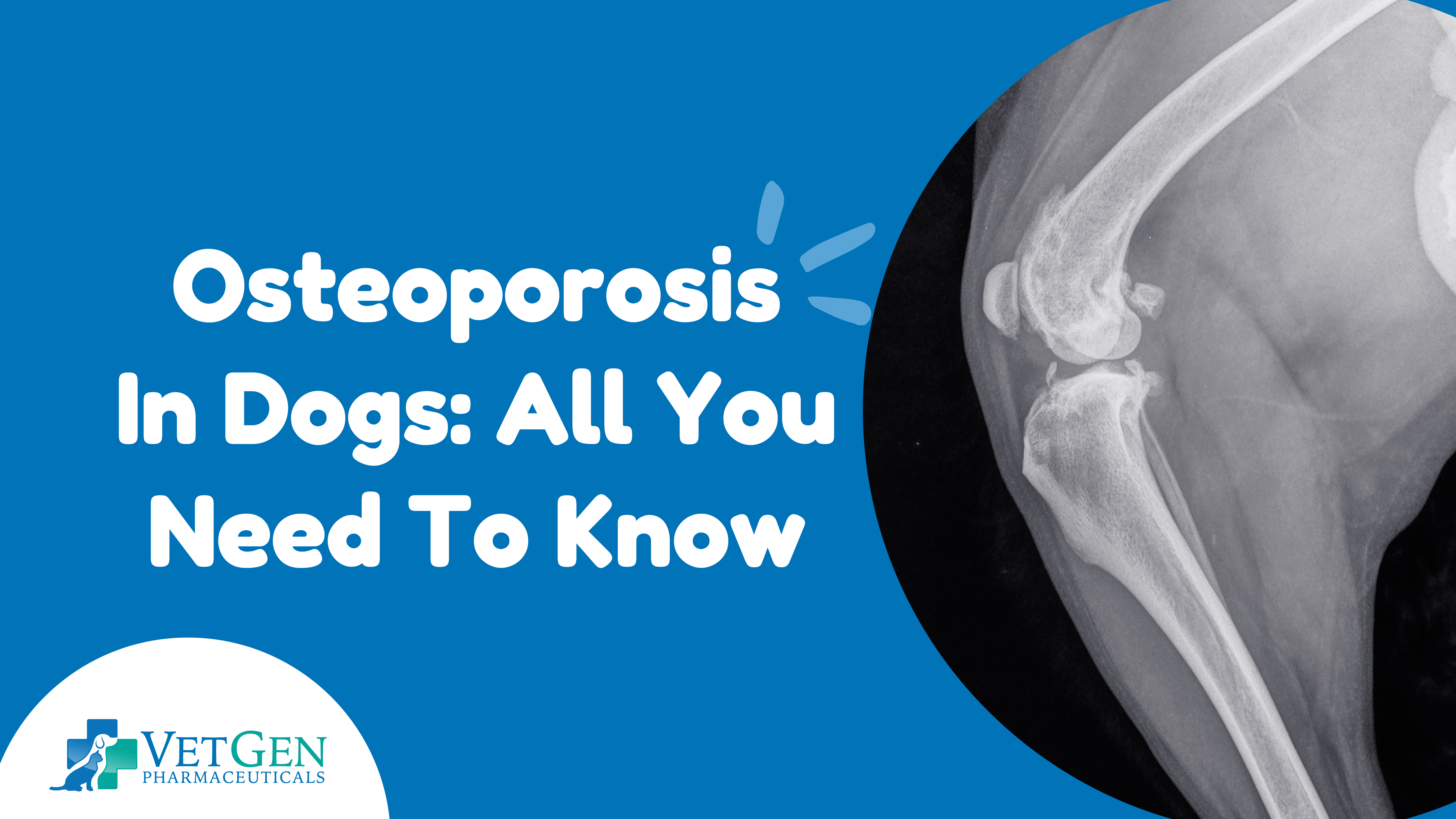Table of Contents
Majority of dog owners of larger breeds often worry about one of the nasty health issues known as hip dysplasia. Basically, it’s a type of arthritis characterized by an abnormal development of the hip joint in big dogs. In this condition, the ball and socket joint of the hip cannot fit together leading to pain and mobility problems. It has a significant impact on the quality of life of the dog where day-to-day activities including climbing stairs, running, or jumping can seem difficult.
So, let us see which dog breeds are most vulnerable. Well, hip dysplasia happens to be one of the most common issues in larger breeds. This guide shall let you know the breeds at higher risk and the reasons behind this problem.
Common Symptoms of Hip Dysplasia in Dogs
Here is a sneak peek in the symptoms of this disease in dogs—
Limping – Usually, it is one of the first and foremost signs in dogs. one of the first signs. Any dog suffering from hip dysplasia might face difficulty in movement of real legs following exercise or the first sign in the morning.
Difficulty in Jumping or Getting Up–Dogs having hip dysplasia usually find it tough to get up from lying or sitting position. So, they might have trouble jumping into a car or onto chair or sofa.
Wobbly Joints: The hip joints of a dog might be unstable or shaky because of the bad shape of the hip joint parts.
Pain: The pain and discomfort may become clearly visible with the progression of the disease. As a result, the dogs may show unwillingness to be touched around the hip region.
Reduction in Activity: Dogs tend to become lethargic and less active. They are not ready to take part in activities like playing or running once enjoyed by them.
Loss of Muscle Mass: Hind legs can have muscle wastage due to lesser activity. Due to decreased activity and pain, muscle wastage in the hind legs can occur.
Grinding Sound During Movement in the Joint: A when the dogs show any movement. This is due to the deterioration of the joint.
Changes in Walking Style: The dog might change its walking style. It may walk while moving both hind legs together.
Risk of Hip Dysplasia in Large Breeds
Let us see which are the most common dog breeds having risk of Hip Dysplasia—
German Shepherds:
German Shepherds are at a greater risk to hip dysplasia due to their genetic susceptibility. Moreover, their general highly active lifestyle further increases the deterioration on a poorly structured hip joint. The structure of the breed, which is typically a long body demanding huge activity, further puts more burden on the hips.
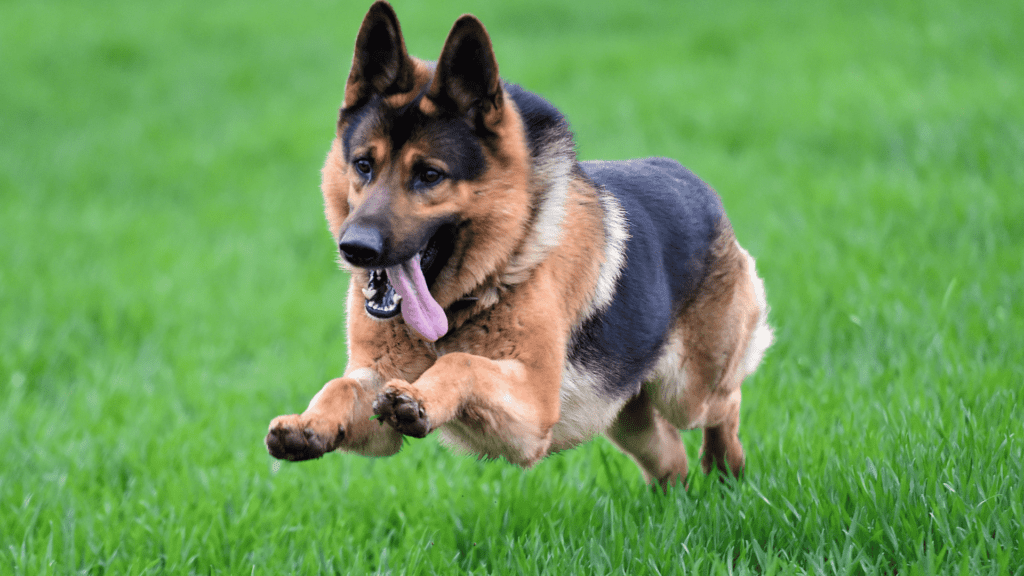
Labrador Retrievers:
Another breed that is at great risk to hip dysplasia is Labrador Retrievers. Dogs of this breed are highly active and quite heavy in weight. This puts more stress on their hip joints. The high popularity of this breed has resulted in careless breeding in few instances, thereby raising the hereditary proneness to this medical problem.

Golden Retrievers:
Golden Retrievers is yet another dog breed which is at greater risk of hip dysplasia due to its characteristic features of genetics, weight, and size. The onset of this disease can stifle the active and friendly nature of this breed of dogs. To reduce its risk, timely screening and good breeding practices are required.
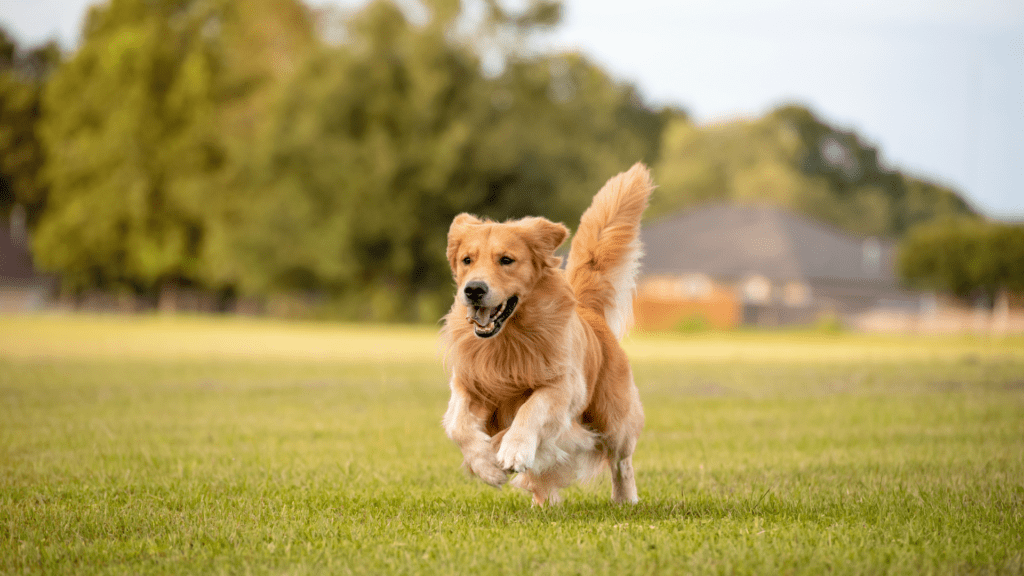
Giant Breeds
Saint Bernards:
The dogs of this breed are characterized by their giant size. This is the main factor which places a high burden on the hips and other joints of dogs. So, as they grow in size, their risk of developing hip dysplasia goes up significantly.
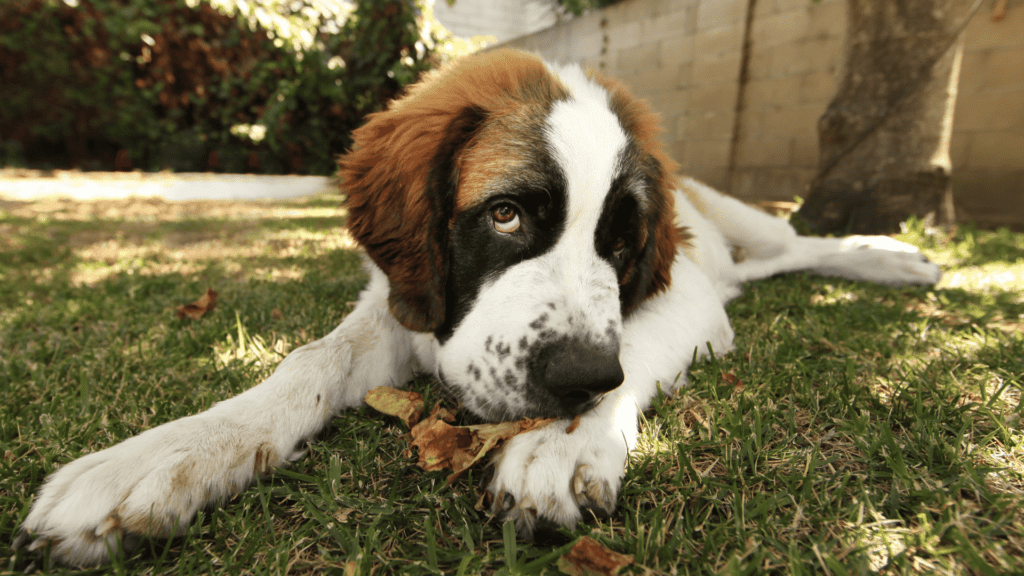
Great Danes:
Being big in weight and size, Great Danes breed dogs are highly prone to joint issues like hip dysplasia. In the absence of proper management of dogs, including proper diet and exercise, they are likely to get affected by hip dysplasia.
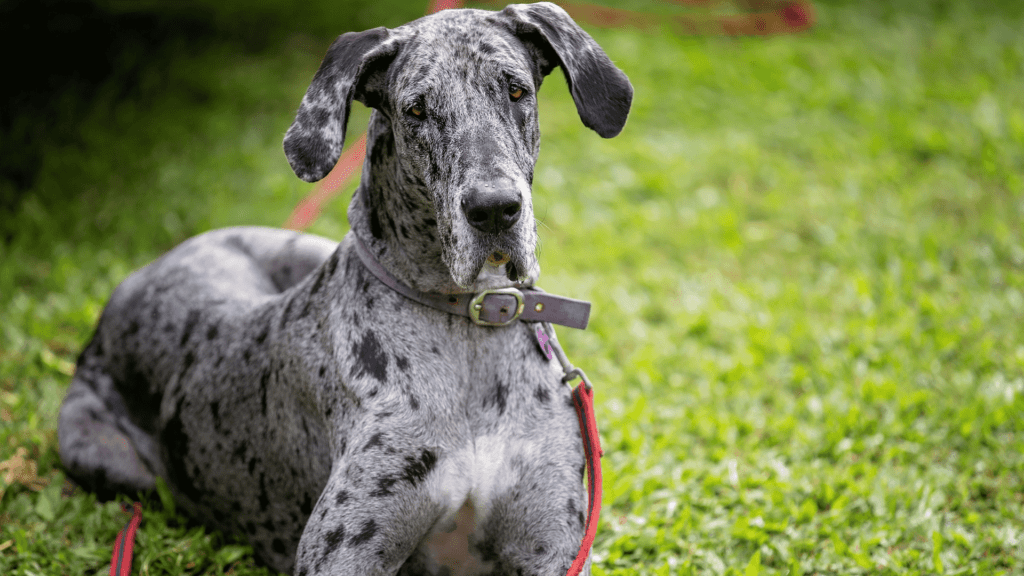
Medium Breeds
Border Collies:
This breed of dogs is relatively less large than the above stated breeds. However still, they can get afflicted by hip dysplasia because of their highly active nature and abundant exercise, which can make things difficult for this breed. Meanwhile, careful breeding practices can play a vital role in preventing the dogs from getting affected by this ailment.
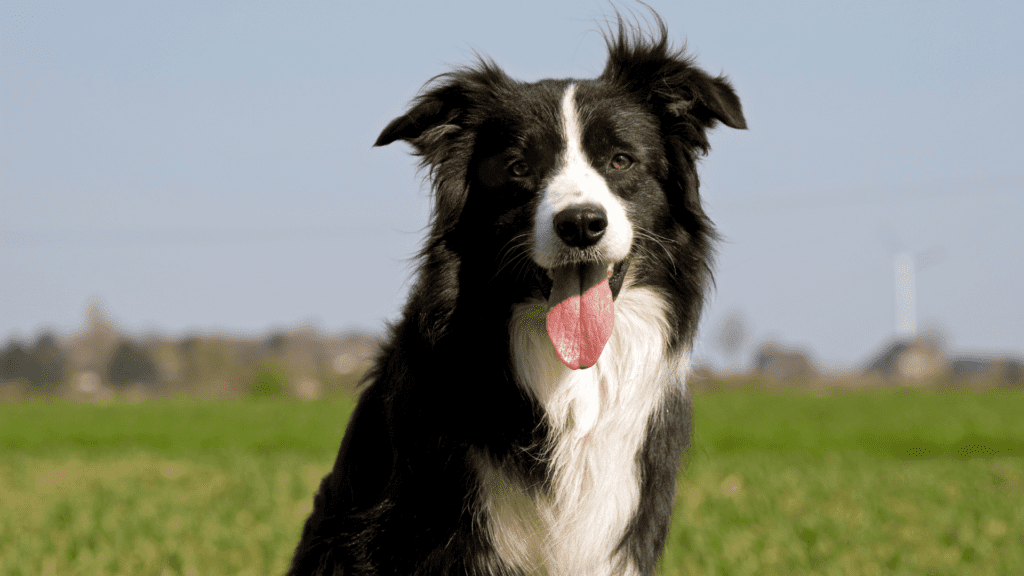
Standard Poodles:
This dog breed is generally considered to be healthier compared to other breeds regarding joint problems. However, it can get affected by this medical problem due to its active nature and genetics.
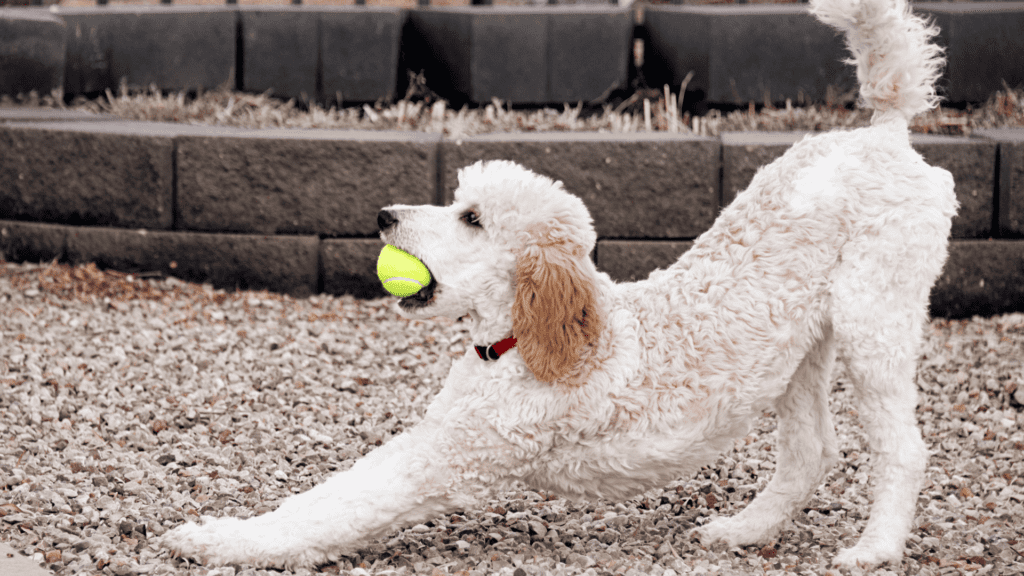
Diagnosis of Hip Dysplasia
Diagnosis of dysplasia in dogs is done through a series of clinical tests along with imaging methods. Timely detection can be very helpful for early intervention, thereby improving the affected dog’s quality of life.
Clinical Examination
A detailed physical examination is done by a veterinarian for diagnosis of hip dysplasia in the first step. The vet tries to know any signs of pain or discomfort, or any restrictions in the range of motion in the hip region. The gait of the dog is also analyzed. The Ortolani test is one of the common ways to find looseness in the hip joints. This is done through manual manipulation of hind legs while seeing any clicks indicating abnormal movement in the hip socket.
Imaging Techniques
Imaging tests are often suggested after the physical examination for confirmation of the diagnosis and assessment of the damage to the hip joint:
X-rays: Radiographs are considered to be one of the common and useful ways to know the joints and bones of the hips. These provide details of the hip joint alignment, the health of the ball and socket, and any signals of degeneration from dysplasia. Meanwhile, a series of views are needed for knowing the extent of arthritic changes and hip dislocation.
Computed Tomography (CT) and Magnetic Resonance Imaging (MRI): CT scans or MRI is used in complex cases or where more detailed images are needed. These offer a detailed view of the soft tissues and the bone around the hips, thereby showing a clear synopsis of the hip joint health.
Treatment Options for Hip Dysplasia in Dogs.
The treatment of hip dysplasia in dogs along with its management can differ depending on several factors including the age, health, and severity of the problem. Surgical and non-surgical approach is combined for offering the ideal quality of life to the dog suffering from this problem.
Non-Surgical Treatments
For dogs suffering from hip dysplasia, keeping a healthy weight is very essential. Stress on the joints, unbearable pain, and movement issues are the result of excessive weight. Hence, a balanced diet for good joint health, supplemented with omega-3 fatty acids, chondroitin, and glucosamine, can prove to be very helpful in reducing inflammation and aiding repair of cartilage.
Physical therapy is a vital component for management of hip dysplasia. Several exercises are recommended for strengthening hip joint muscles, while providing stability to joints and decreasing their strain. Swimming or hydrotherapy is also of great help as it enables dogs to exercise without straining their hips.
Nonsteroidal anti-inflammatory drugs (NSAIDs) are pain relieving medications for reducing inflammation and pain in the joints. Apart from these, several supplements like chondroitin and glucosamine, are meant for supporting health of the hip joints.
Surgical Treatments
Several surgical treatment options are there, states the Veterinary Specialty Center of Tuscon. These include TPO (triple pelvic osteotomy) or DPO (double pelvic osteotomy), FHO (Femoral Head Osteotomy) or THR (Total Hip Replacement).
Total Hip Replacement (THR):
It is regarded to be the gold standard for treatment of hip dysplasia. This involves replacement of the whole hip joint for improvement of the quality of life of dogs by curbing pain and restoration of total mobility.
Femoral Head Ostectomy (FHO):
It involves removal of the femoral head for elimination of the rubbing of bone against the bone. It is recommended in case of unfeasible cost or other issues or for smaller dogs.
Preventative Measures
Prevention of hip dysplasia in dogs is often based on lifestyle and genetic factors—
For reduction of occurrence of dog hip dysplasia, responsible breeding is of great significance. Screening and genetic testing methods like Penn HIP or OFA assessments can be used by breeders for evaluation of breeding dogs’ hip health. For minimizing the genetic transmission of this characteristic, care should be taken to breed dogs having sound hip health.
Proper exercise management is very critical for young dogs and puppies susceptible to hip dysplasia. It is highly recommended to avoid all high-impact activities like running on rough surfaces or jumping, to avoid straining the hip joints. In addition, the early start of symptoms of hip dysplasia can be prevented by making sure that growing dogs don’t over-exercise, especially over climbing stairs.
Conclusion
To conclude, a detailed strategy is needed to manage hip dysplasia in dogs. This includes lifestyle management along with medical mediation. Timely diagnosis and treatment are vital to control the progress of this problem and for proper maintenance of the quality of life of dogs. Prevention can be of utmost importance for owners and breeders of high-risk dog breeds for controlling the effect of this crippling condition.
Get detailed information about canine health at VetGen Pharmaceuticals.








